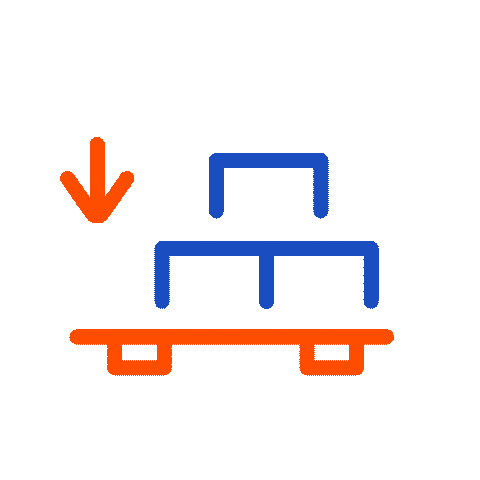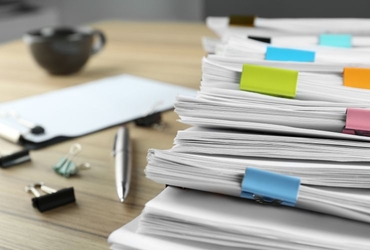
Parties involved in international shipping



Whether you are shipping household goods or commercial merchandise with FCL or LCL shipping, there are many parties involved in the ocean freight process. To understand the process, it is important to familiarize yourself with the various parties involved.
Parties involved in international shipping
- Shipper/Exporter
The shipper or exporter is responsible for preparing all the goods being sent. He also completes and verifies all documents, obtains the proper licenses to ensure a smooth customs clearance process at both ports of origin and destination.
- Consignee
The consignee or receiver of the shipment is usually the owner of the goods. The party listed in the ‘consignee’ field on the Bill of Lading is required to be physically present to secure cargo release, unless otherwise stated.
- Notify Party
The notify party is the direct point of contact and is the person who will be notified upon shipment arrival at destination. In most cases, this field is only required when different from the consignee. Read more about the differences between a shipper, consignee, and notify party.
- Freight Forwarder
The freight forwarder works on behalf of the shipper and helps with the scheduling and preparation of necessary documents, as well as price negotiations. Once a shipment is confirmed, the forwarder will provide their agent’s information, schedule the cargo shipment with the shipping carrier, and organize the pick-up for the goods.
- Agent
The agent’s role is to act as a liaison between the cargo owner and the destination port. A freight forwarder usually assigns a shipping agent to ensure the shipment goes as smoothly as possible. The shipping agent can handle customs clearance and goods delivery.
- Customs
The customs office of each country determines what goods can enter or what goods should be detained for further inspection, or rejected. Each country’s customs clearance requirements are different. You need to fill in a customs declaration form for your overseas goods.
- Carrier
The carrier is the shipping line that transports the cargo from origin to destination. Your goods are carried by containers, which are loaded onto the vessel where it begins its journey to the destination port.
Related Articles


